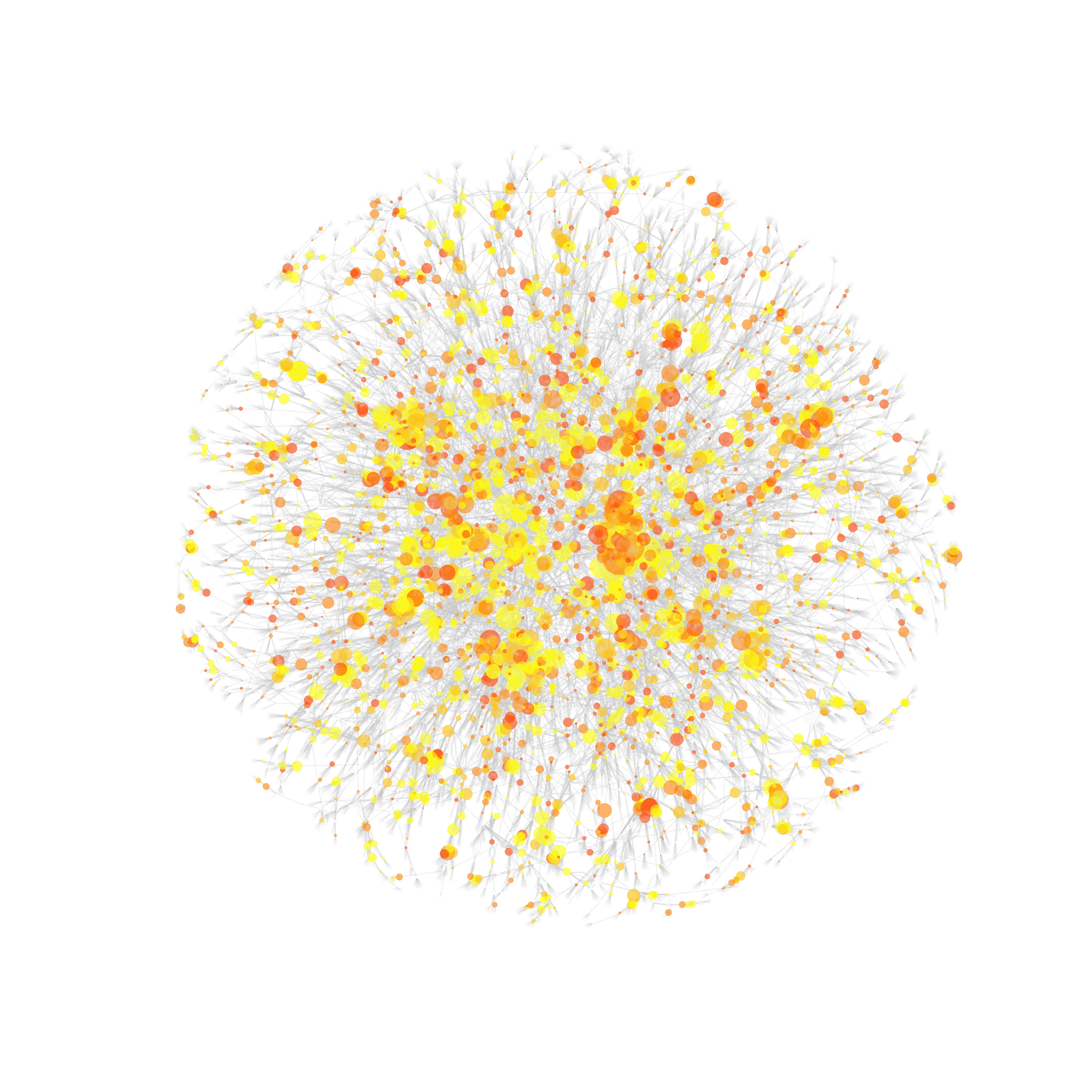The Role of Microbes in the Spread of Emotional States
Does the spread of microbes between people underlie emotional contagion? It’s been known for a long time that emotions spread from person to person; but maybe this is partly due to an actual, biological, contagion of the microbes within us. Perhaps people can literally “catch” emotional states.
In 2008, our lab generated the first network map of human emotions, published in the British Medical Journal, showing that a person’s happiness (for instance) was associated with the happiness of their friends, their friends’ friends, and their friends’ friends’ friends. And we also developed new mathematical models to study such contagion (known as the SISa model). But recent work by other labs has shown that the human microbiome (the constellation of microbes that live in and on our bodies) may play a role in human emotional states, such as depression and anxiety. In this project, we will study whether part of the spread in emotions we have previously documented might actually be related to the spread of such microbes.
To accomplish this objective, we will create network maps that measure various emotional states and also the microbiome in at least 2,000 people in villages in Honduras (where we have worked for over four years). We are seeking support to expand the number of people included in our dataset, to ascertain the genotypes of the microbes in larger samples, to measure the emotional states of more people, and to analyze the data for relationships among the microbiome and emotions. We expect to be able to show that the spread of microbes within households and among friends partly explains why people who are socially connected manifest similar emotional states.
